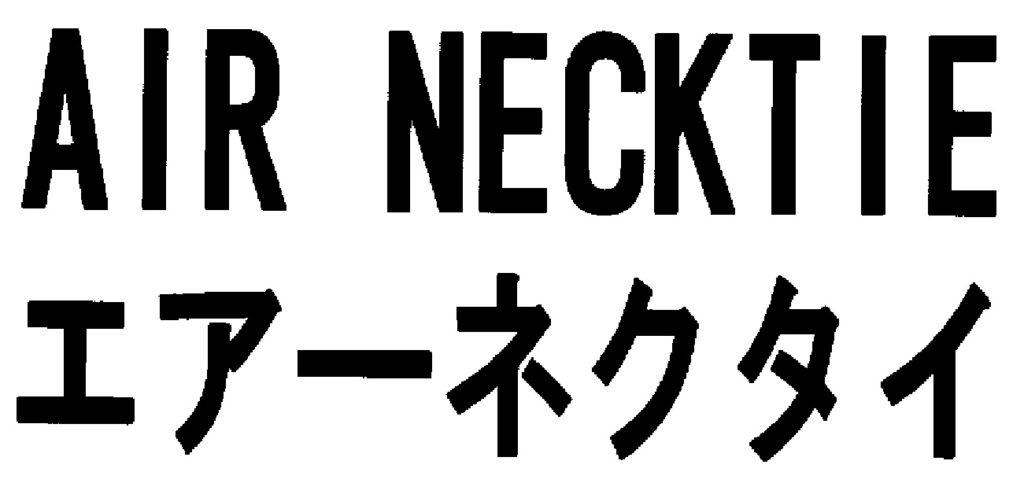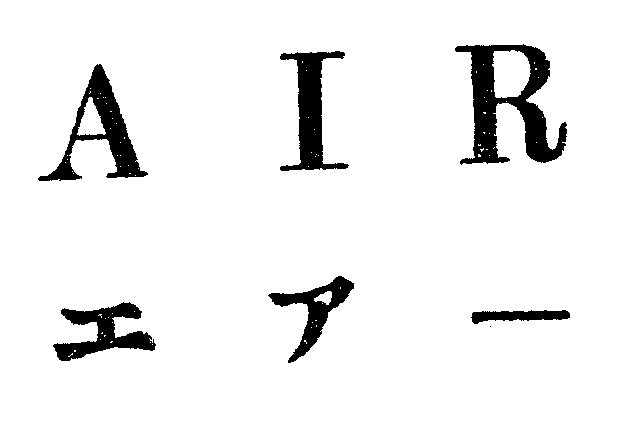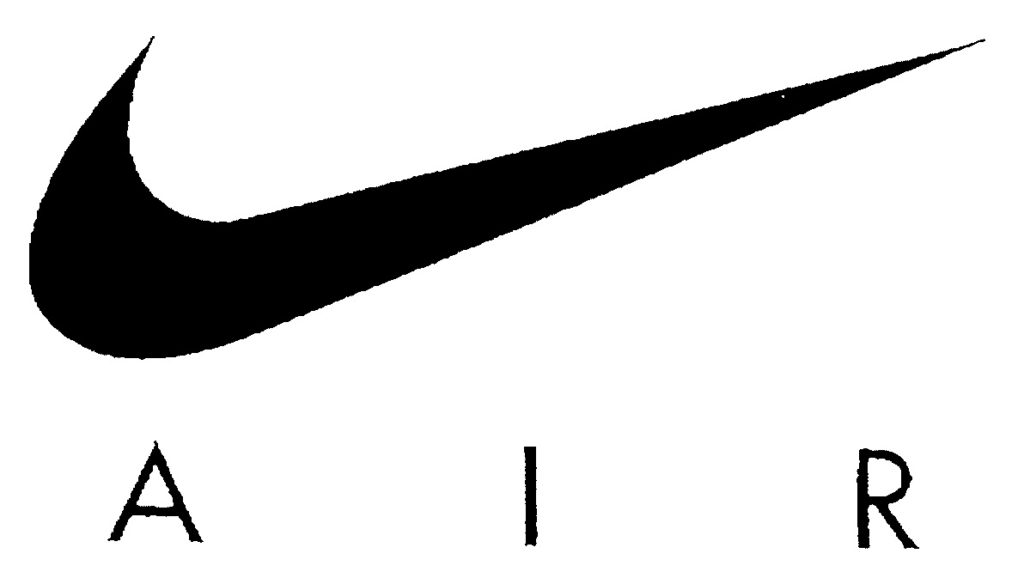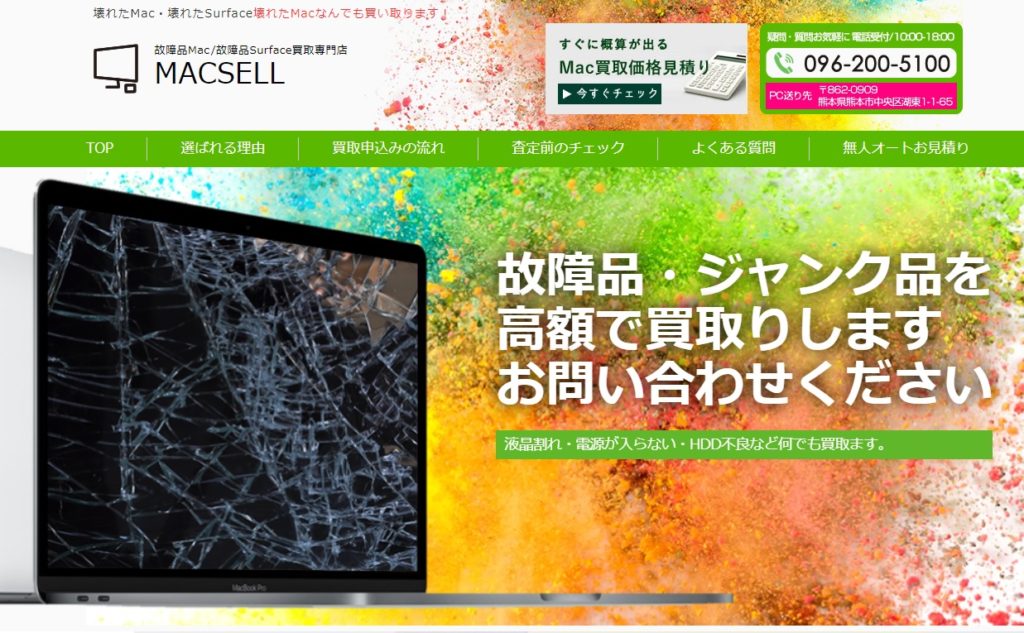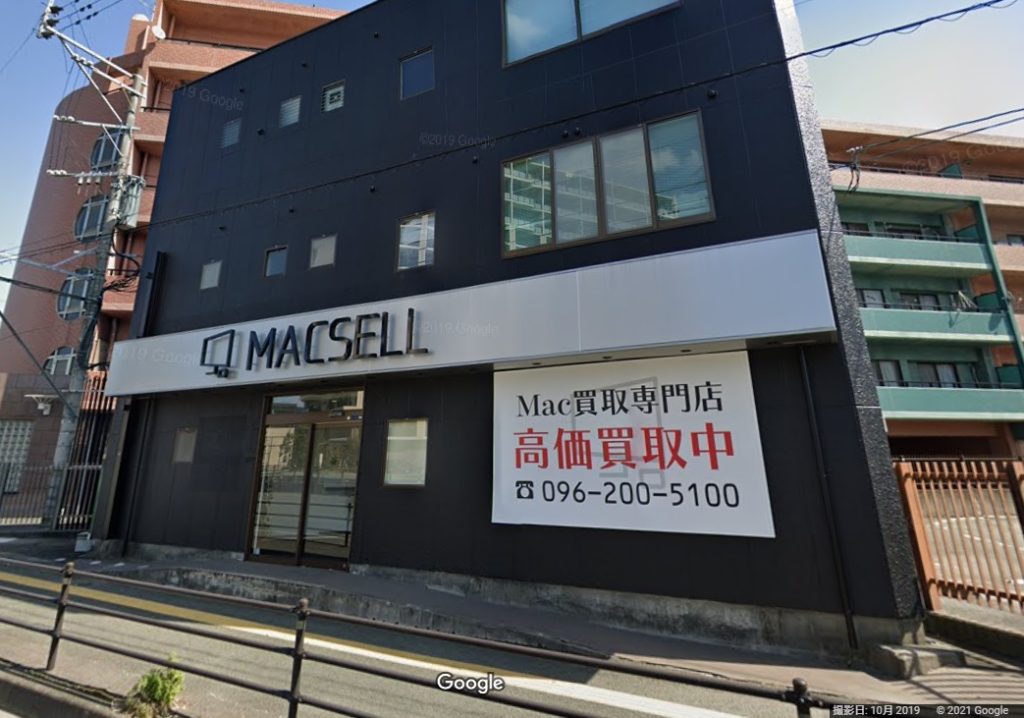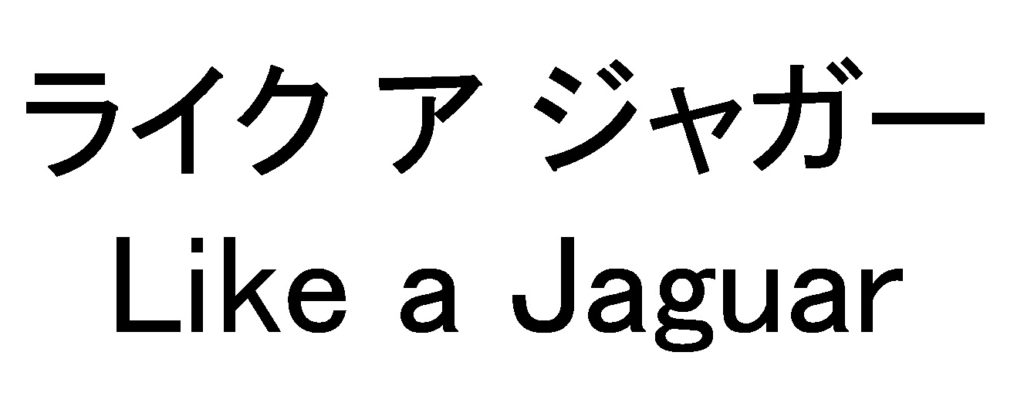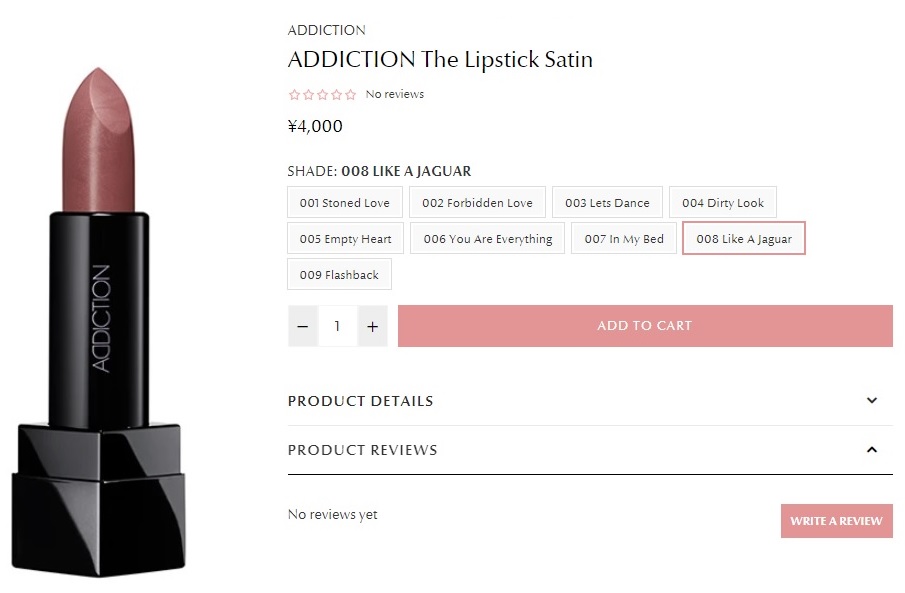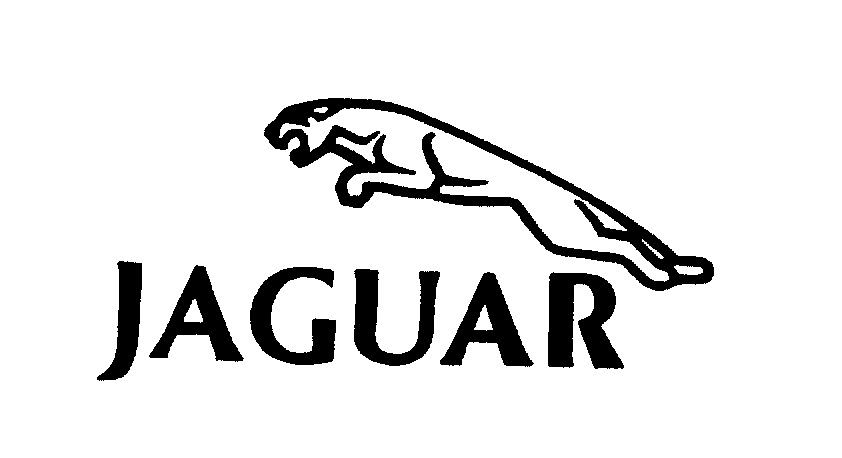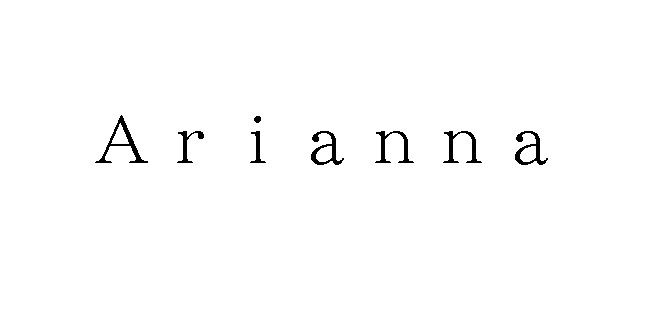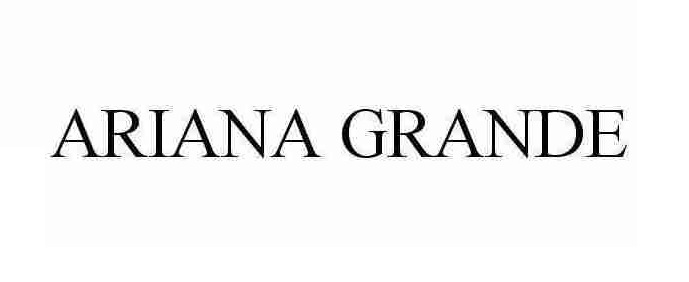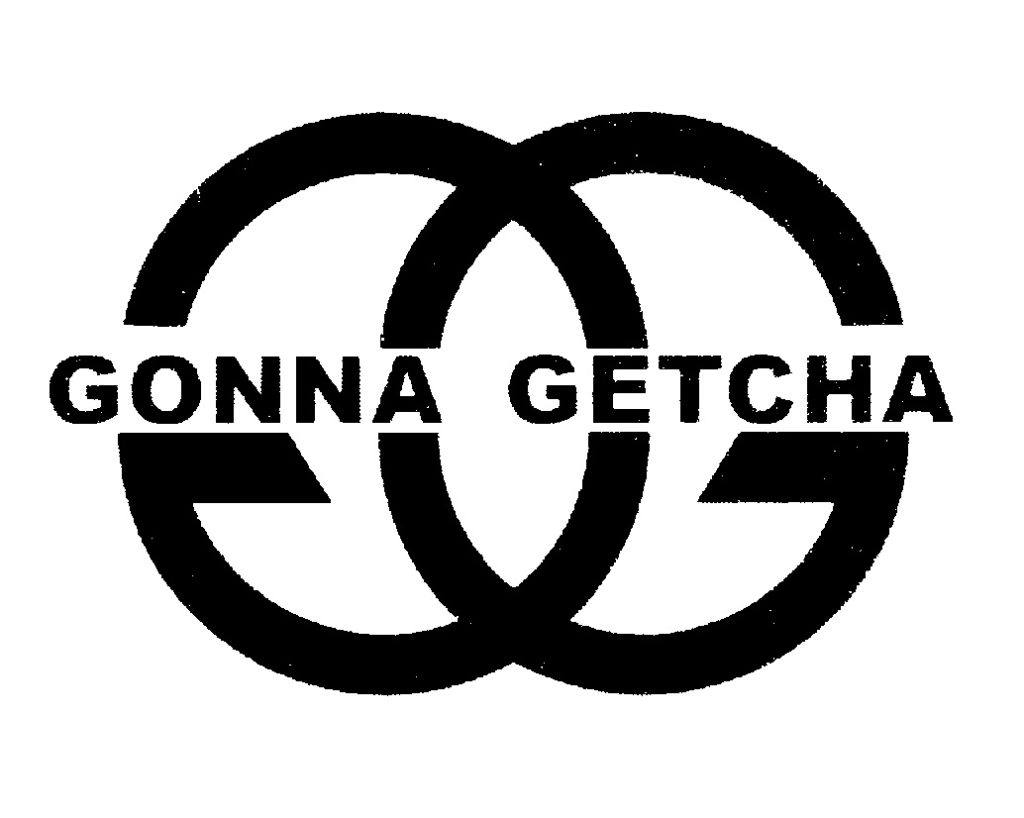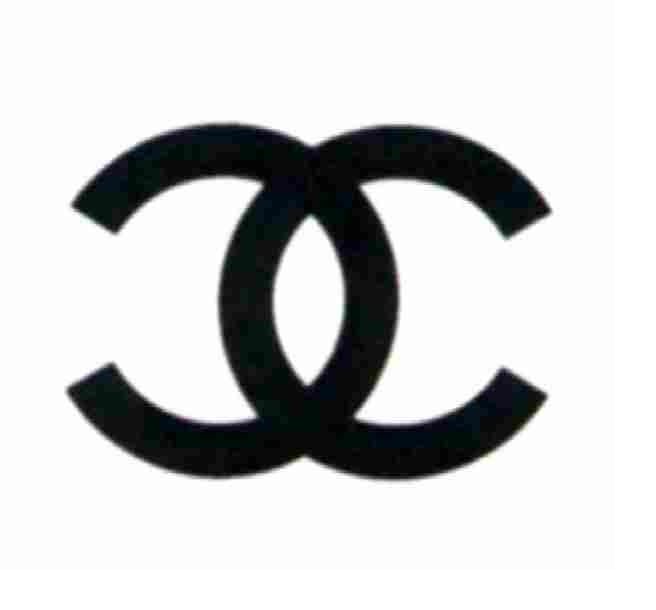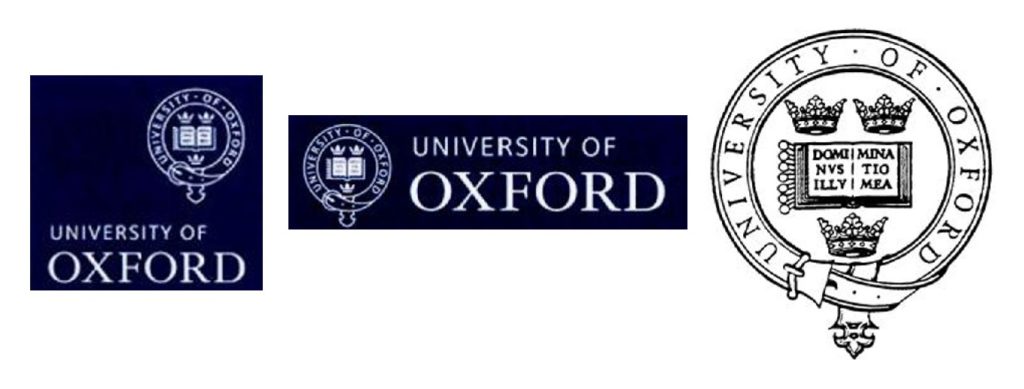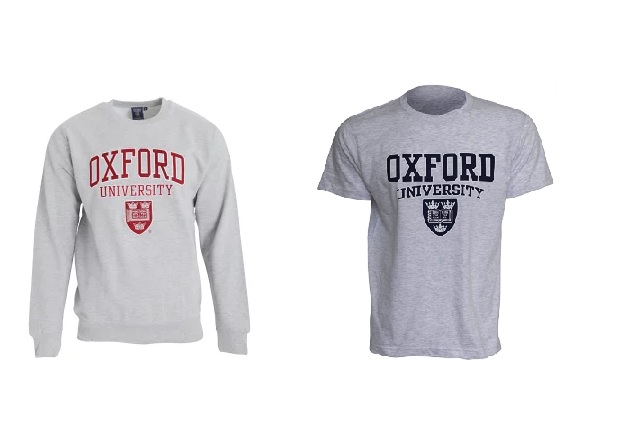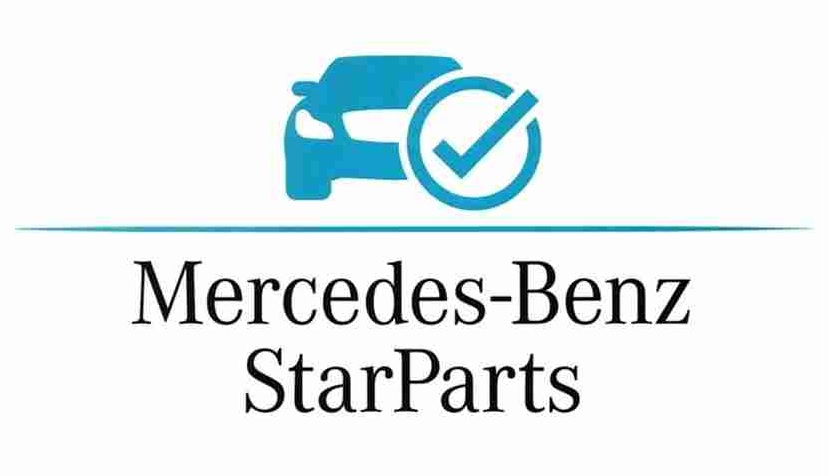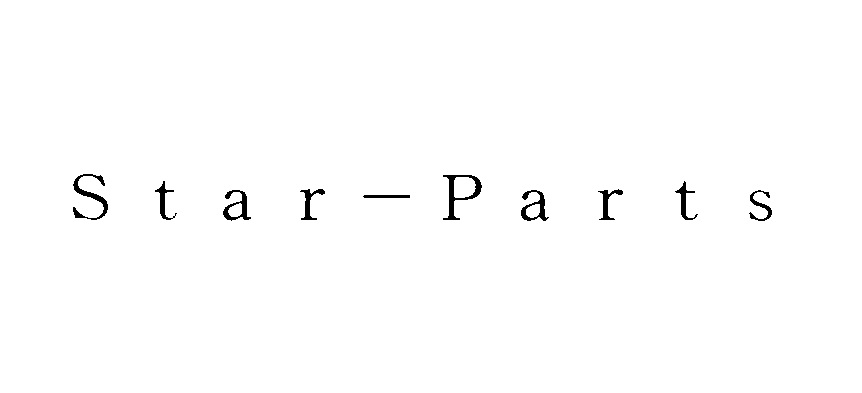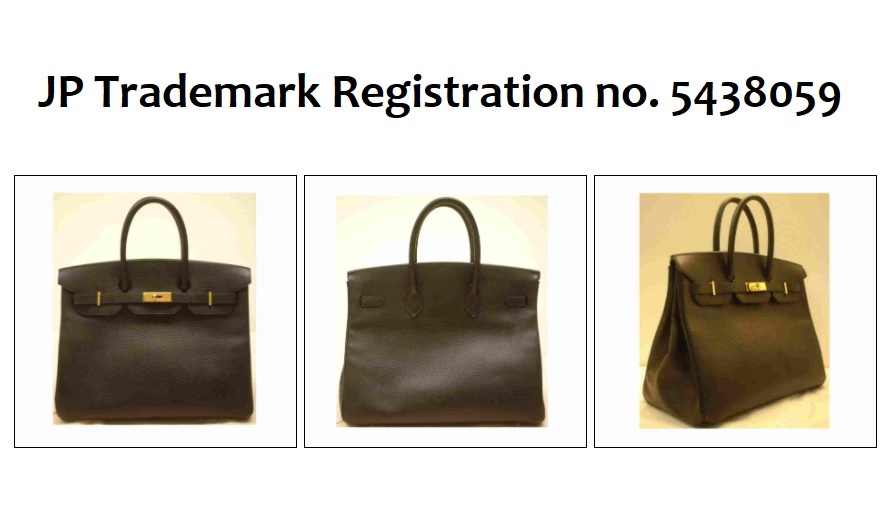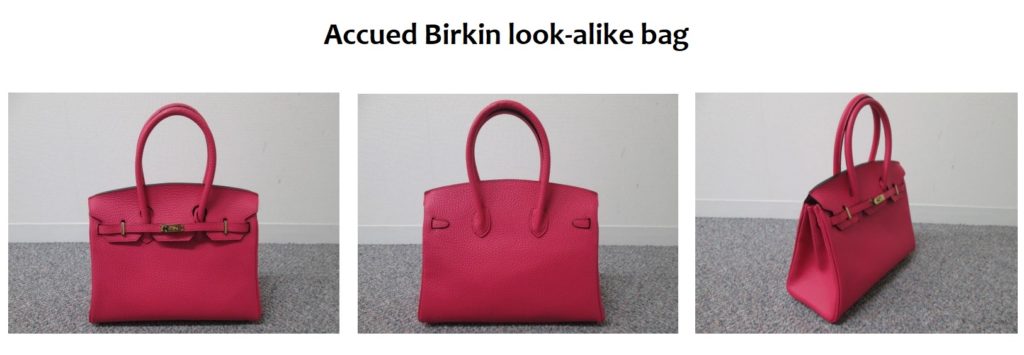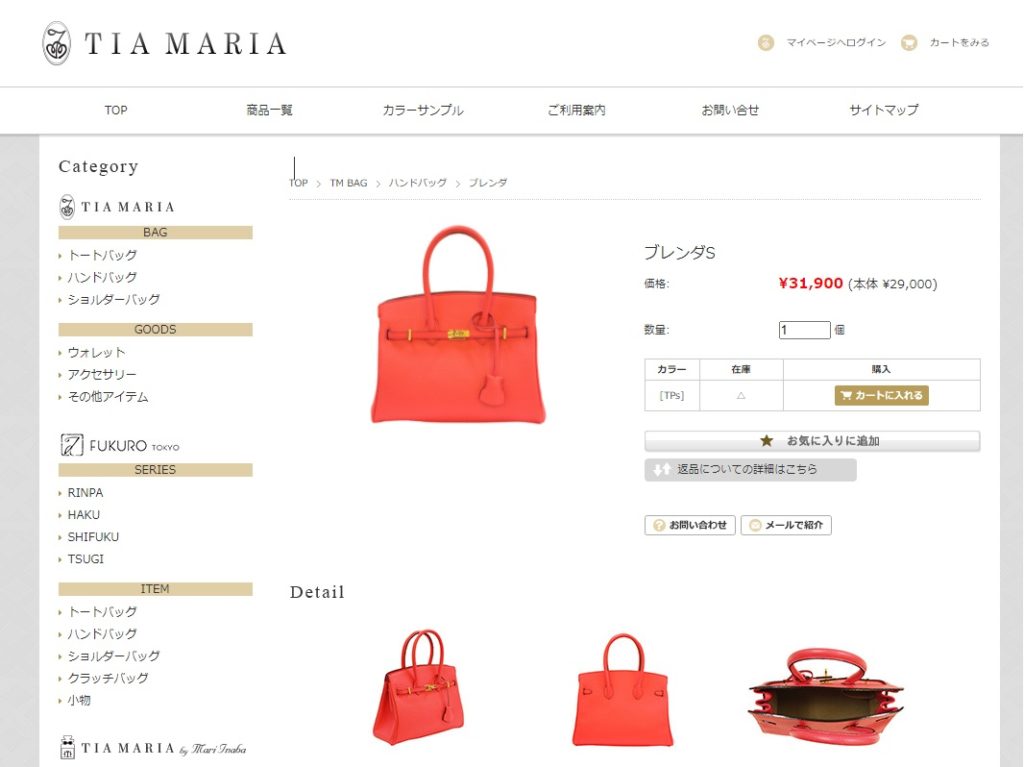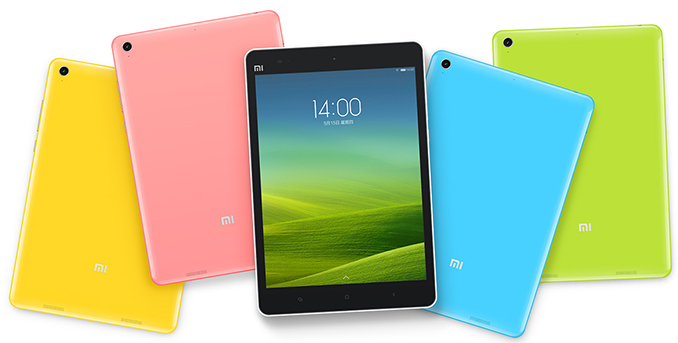The Japan Patent Office (JPO) dismissed a trademark opposition claimed by Montblanc-Simplo GmbH, Germany, against Japanese trademark registration no. 6240752 for “MONTBLANC PROFESSIONAL PRIDES” with a device mark, stating that the opposed mark is unlikely to cause confusion with “Montblanc” known around the world for its superior writing instruments when used on the goods in question of class 25.
[Opposition case no. 2020-900159, Gazette issued date: February 26, 2021]
MONTBLANC PROFESSIONAL PRIDES
Opposed mark, consisting of words “MONTBLANC” and “PROFESSIONAL PRIDES” combined with a three-vertical-line design (see below) , was filed on April 17, 2019, by a Japanese business entity, SUMISHO MONTBLANC Co., Ltd. for use on ‘Medical scrubs; nurse dresses; nurse overalls; nurse pants; nurse uniforms; nurse caps; clothing; nurse shoes; footwear’ and other goods in class 25, and published for opposition on April 21, 2020, after registration on March 30, 2020.

Opposition by Montblanc-Simplo GmbH
On June 18, 2020, Montblanc-Simplo GmbH filed an opposition and claimed that the opposed mark shall be cancelled in contravention of Article 4(1)(xv) of the Japan Trademark Law due to a likelihood of confusion with the wordmark “MONTBLANC” known for its superior writing instruments.
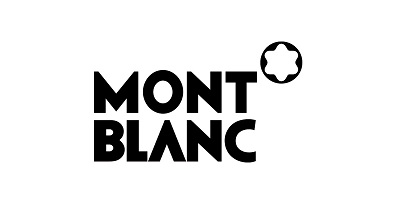
Article 4(1)(xv)
Article 4(1)(xv) prohibits registering a trademark which is likely to cause confusion with the business of other entities.
Among other things, Montblanc argued the word “MONTBLANC” shall be considered as a prominent portion of the opposed mark since it does not indivisibly combine with the rest of the elements, namely, “PROFESSIONAL PRIDES” and three-vertical-line design. If so, taking account of a remarkable degree of reputation and popularity to the Montblanc writing instruments, relevant consumers would misconceive the source of goods bearing the opposed mark with the opponent.
Board Decision
It does not surprise me that the Opposition Board admitted a remarkable degree of reputation and popularity of the “Montblanc” mark in connection with fountain pens and ball-point pens based on the facts that the opponent has made and sold writing instruments identified by the MONTBLANC trademark for more than a hundred years since 1906 and operates 121 brick-and-mortar stores in Japan as of now.
Meanwhile, the Board questioned if “Montblanc” has been widely known even among relevant consumers of the goods in class 25 since the Board was unable to find a reasonable ground to believe that medical scrubs, nurse shoes and other goods in question are closely associated with the writing instruments. In this respect, a mere fact that the opposed mark contains the word “MONTBLANC” would be insufficient to find a likelihood of confusion with the opponent when used on goods in question.
Based on the foregoing, the Board decided the opposed mark shall not be subject to cancellation in contravention of Article 4(1)(xv) and allowed registration as the status quo.

